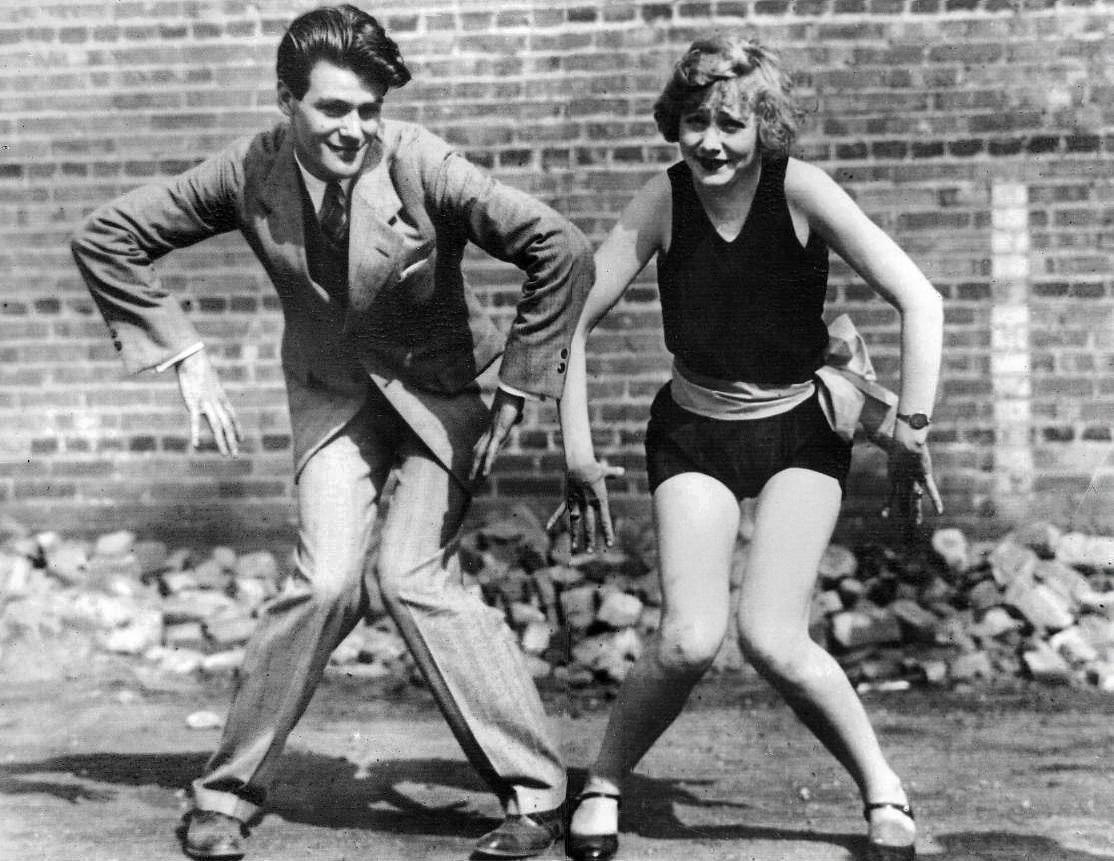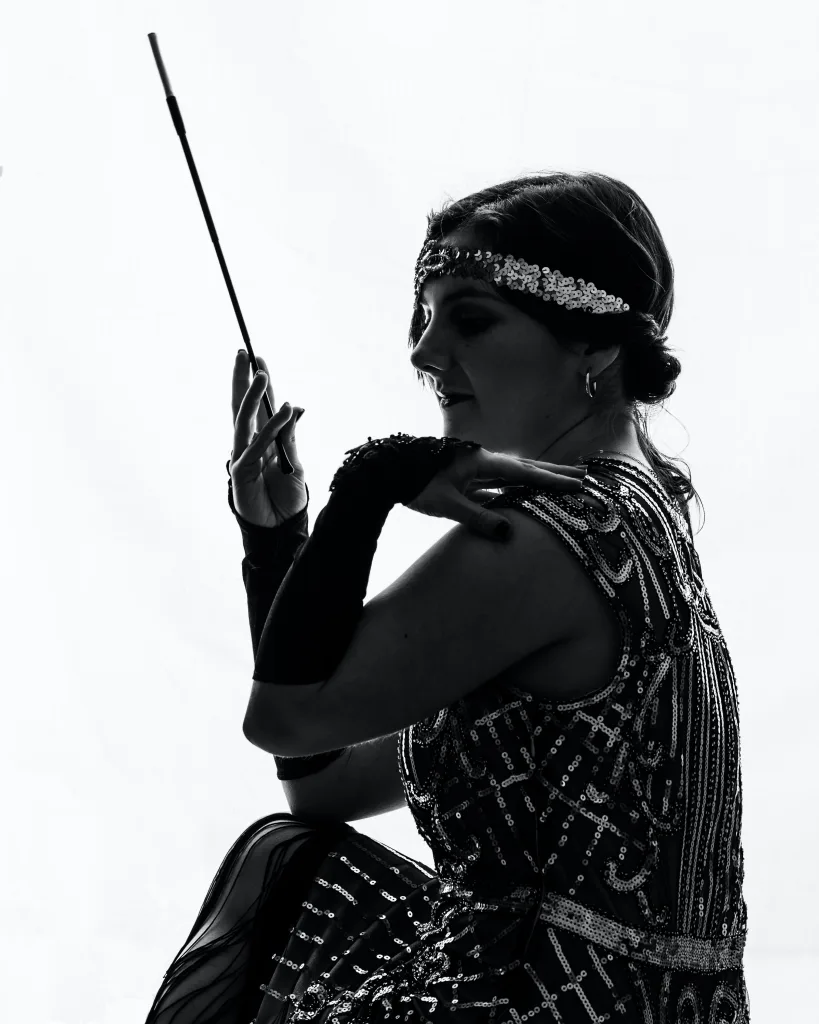The 1920s was a time of excitement and liberation, and nowhere was this more evident than in the world of dance. Dancers in the 1920s were not just entertainers; they were trendsetters, rebels, and icons of the Jazz Age. From the iconic Charleston to the sultry Shimmy, the dance floor was a place where people could let loose and express themselves.
One of the most popular dance styles of the 1920s was the Charleston. This energetic and fast-paced dance was characterized by quick footwork and exaggerated movements. Dancers would kick their legs, swing their arms, and twist their bodies in sync with the lively jazz music that filled the air. The Charleston was not only a dance; it was a symbol of the carefree and rebellious spirit of the era.
Another dance style that dominated the dance floors of the 1920s was the Fox Trot. This smooth and sophisticated dance was a favorite among couples and was often performed to slow, romantic music. Dancers would glide across the floor, gracefully twirling and spinning in perfect harmony. The Fox Trot was a dance that required finesse and elegance, and it became a symbol of the refined and glamorous lifestyle of the time.
But it wasn’t just the well-known dances that captivated audiences in the 1920s. There were also lesser-known styles that had their own unique charm. The Texas Tommy, for example, was a lively and playful dance that involved intricate footwork and fancy arm movements. The Black Bottom, on the other hand, was a more sensual and provocative dance that originated in African American communities. Dancers would sway their hips, shimmy their shoulders, and show off their best moves.
The 1920s also saw the rise of dances like the Shimmy and the Brazilian Samba. The Shimmy was a dance characterized by shaking and trembling movements of the body, particularly the shoulders and hips. It was a dance that exuded confidence and sensuality, and it quickly became a favorite among flappers – young women who embraced the new freedoms and fashions of the era. The Brazilian Samba, on the other hand, was a lively and vibrant dance that originated in Brazil and made its way to the United States in the 1920s. It was a dance that celebrated life and passion, and it quickly gained popularity in dance clubs and ballrooms.
Dancers in the 1920s were not just performers; they were artists who used their bodies to express themselves and push the boundaries of traditional dance. They were pioneers who embraced new styles and techniques, and they inspired generations of dancers to come.
What Dances Were Popular In 1920?
Ah, the roaring 20s! A time of glitz, glamour, and some seriously groovy dance moves. So, let’s dive right into the popular dance styles that had everyone shaking teir tail feathers back in the 1920s.
1. The Charleston: Ah, the iconic Charleston! This dance style was all about high energy and fancy footwork. Picture yourself kicking up your heels, swinging your arms, and doing a little hop here and there. It was all about the fast-paced rhythms and the joy of letting loose on the dance floor.
2. The Fox Trot: Now, the Fox Trot was a bit more elegant and smooth compared to the Charleston. It was all about gracefully gliding across the dance floor, with fancy turns and twirls. Think of it as a dance style that embodied the sophistication and romance of the era.
3. The Texas Tommy: Now, this dance had a bit of a spicy twist to it. The Texas Tommy was all about partnering up and getting close. It involved intricate moves, like sliding in and out of each other’s arms and doing fancy spins. It was a sassy and flirtatious dance that definitely got pulses racing.
4. The Black Bottom: This dance style had a bit of a funky flair to it. It was all about shaking those hips and getting down low. The Black Bottom involved a lot of fast-paced footwork and some seriously jazzy moves. It was a dance that showcased the energy and spirit of the jazz age.
5. The Shimmy: Ah, the shimmy! This dance move was all about shaking what your mama gave you. It involved moving your shoulders and hips simultaneously in a rapid, shaking motion. It was a fun and energetic dance style that added a touch of sass to any dance floor.
6. The Brazilian Samba: Now, this dance style brought a taste of Brazil to the 1920s. The Brazilian Samba was all about fast footwork, hip swaying, and lots of energy. It was a dance that celebrated life and brought a vibrant, carnival-like atmosphere to any dance party.
So, there you have it, my friend! These were just a few of the popular dance styles that had people cutting loose and having a blast in the 1920s. Whether it was the high-energy Charleston or the elegant Fox Trot, there was a dance style for everyone to enjoy during this exciting era. So, put on your dancing shoes and get ready to boogie like it’s the 1920s all over again!

What Was The Most Popular Dance Of The 1920’s?
Oh boy, let me tell you about the most popular dance of the roaring 20s! It was none other than the fabulous Fox-Trot! Now, you might be wondering what made this dance so special, right? Well, here’s the lowdown on why the Fox-Trot was all the rage back then.
First things first, let’s talk about timing. The Fox-Trot had this groovy rhythm that just made you want to get up and move your feet. It had this smooth and jazzy feel to it that was perfect for the lively spirit of the 1920s. And let me tell you, people couldn’t resist its infectious beat.
Now, let’s not forget about the timing of when the Fox-Trot burst onto the scene. It was introduced just a few months before the war started, so it didn’t have that pre-war stigma attached to it. People were ready to embrace soething new and exciting, and the Fox-Trot was just the ticket.
And boy, did it catch on like wildfire! The Fox-Trot became the absolute favorite dance of 1920. Everyone wanted to learn it and show off their moves on the dance floor. It became the go-to dance for parties, clubs, and social gatherings. People just couldn’t get enough of it.
Now, let’s talk about the dance itself. The Fox-Trot was all about smooth, flowing movements. It had this elegant and graceful style that made you feel like you were gliding across the floor. And let me tell you, it was a real crowd-pleaser. People loved watching others perform the Fox-Trot because it was just so darn captivating.
But what really set the Fox-Trot apart was its versatility. You could dance it to a variety of music styles, from jazz to big band. It was like a chameleon, adapting to different tunes and moods. And that’s what made it so popular. People could dance the Fox-Trot to their favorite songs and really make it their own.
So, there you have it, my friend. The Fox-Trot was the bee’s knees, the cat’s pajamas, the absolute bomb in the 1920s. It had the perfect timing, the infectious rhythm, and the smooth moves that made it the dance to beat. And it’s no wonder why it became the favorite dance of the decade. It was simply irresistible.
What Are Flapper Dancers?
Oh, let me tell you about flapper dancers! They were these amazing young women who were all the rage back in the 1900s. The term “flapper” actually started off as theatrical slang, but it soon became synonymous with these acrobatic and lively female stage performers.
Picture this: these flapper dancers were like birds on stage, flapping their arms and legs as they danced. They were known for their energetic moves, especially the popular Charleston dance. It was a competitive dance, and these flappers wold show off their skills by doing the Charleston with lots of flair and style.
Now, what made these flapper dancers so special was their carefree and rebellious attitude. They were all about breaking the traditional norms of society. They were independent, confident, and unafraid to express themselves. They wore short dresses, bobbed their hair, and even smoked in public! They were the embodiment of the Roaring Twenties spirit.
Flapper dancers were a symbol of the changing times, where women were asserting their independence and challenging societal expectations. They brought a new kind of energy and excitement to the stage, captivating audiences with their charm and charisma.
Flapper dancers were these incredible young women who danced with the spirit of freedom and rebellion. They were acrobatic, stylish, and full of life. And through their performances, they became icons of an era that was all about breaking boundaries and embracing change.

Conclusion
The dancers of the 1920s were a lively and vibrant bunch. They brought energy and excitement to the dance floor with their unique and iconic moves. From the Charleston to the Fox Trot, these dancers knew how to let loose and have a good time.
The flappers, in particular, were a sight to behold. With their carefree and rebellious attitude, they brought a whole new level of fun to the dance floor. Their flapping arms and Charleston moves were not only impressive, but also a symbol of their free-spirited nature.
But it wasn’t just the flappers who stole the show. The dancers of the 1920s also embraced other popular styles such as the Texas Tommy, the Black Bottom, the Shimmy, and even the Brazilian Samba. Each dance had its own unique flair and added to the lively atmosphere of the time.
These dancers were not just performers, they were artists. They expressed themselves thrugh movement and brought joy to all those around them. Their passion and enthusiasm were infectious, and it’s no wonder that the dances of the 1920s continue to be celebrated and enjoyed today.
So, let’s raise a glass to the dancers of the 1920s, who brought life and excitement to the dance floor. Their legacy lives on in the rhythms and moves that still inspire us to get up and dance. Cheers to the dancers of the past, and may their spirit continue to fill our hearts and feet with joy.
